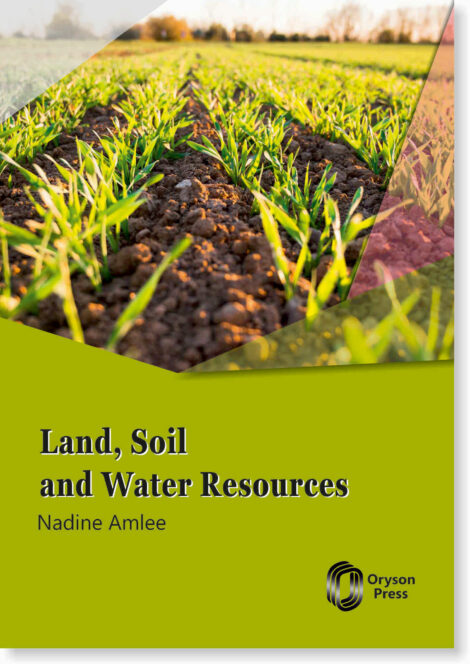Crop Disease Management: Principles And Practices
Robert S. James
$129.99
ISBN: 9798887150062
eISBN: 9798887151342
Pages: 296
Binding: Hardcover
Language: English
Description
Practices that reduce the initial levels of inoculums; substances used for inoculation, depend on selecting appropriate planting materials, destruction of crop residues, elimination of living plants that carry pathogens, and crop rotation. Selection of appropriate planting material can involve planting one or multiple resistant cultivars, using certified seed and ensuring that disease is not spread on any of the equipment.
Burying crop residues can destroy some pathogens, when ploughed deeply enough, but some pathogens can survive, and benefit from this process. Burning crop debris is a successful method of destroying many pathogens, especially with an intense fire. This causes loss of nutrients, smoke pollutions, increased soil erosion and addition to the greenhouse effect, though. Removing alternate hosts and weeds can delay an outbreak, but often inoculums find its way to crop plants via wind or another factors. Crop rotation refers to the successive planting of different crops in the same area, sometimes leaving a piece of land fallow. The rate of disease spread can be reduced by the spacing of plants, humidity, moisture levels, and exposure to sunlight. Tillage practices have indirect effects on the spread of plant pathogens, although, some forms of inoculums can be spread extensively during tillage. Sowing practices, such as changing time, depth and direction of sowing, and changing the density of the crop can protect plants from pathogens. This book is a useful, updated and concise, in this subject.
Additional information
| Author | Robert S. James |
|---|---|
| ISBN | 9798887150062 |
| Year of Publication | 2023 |









